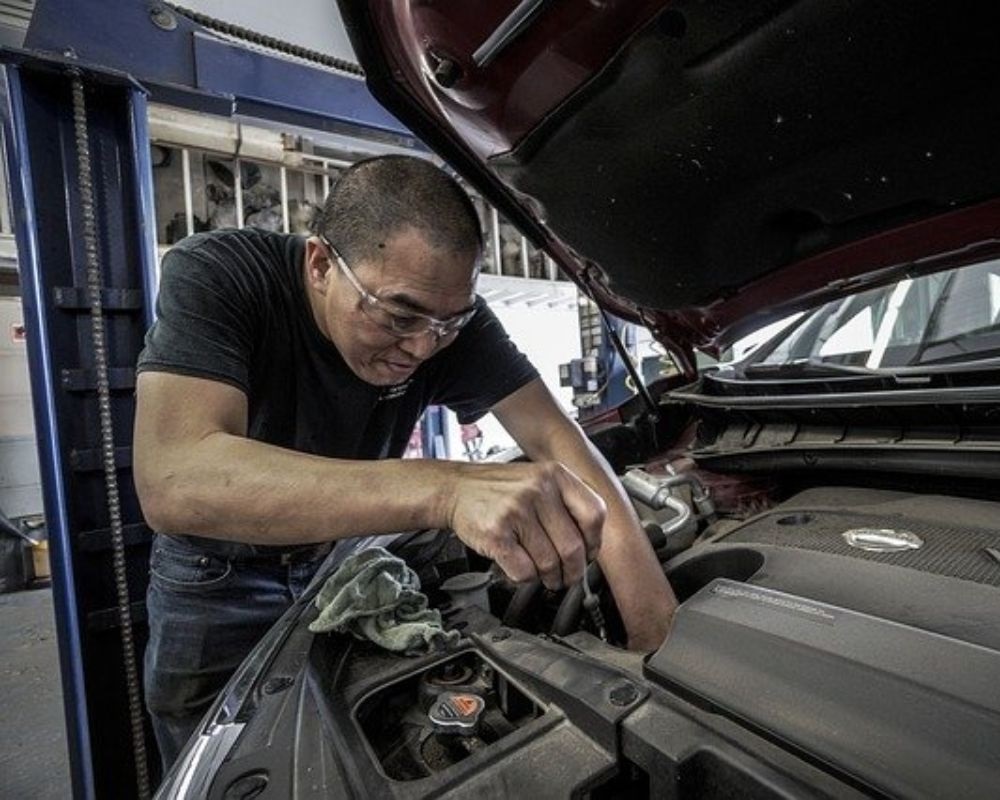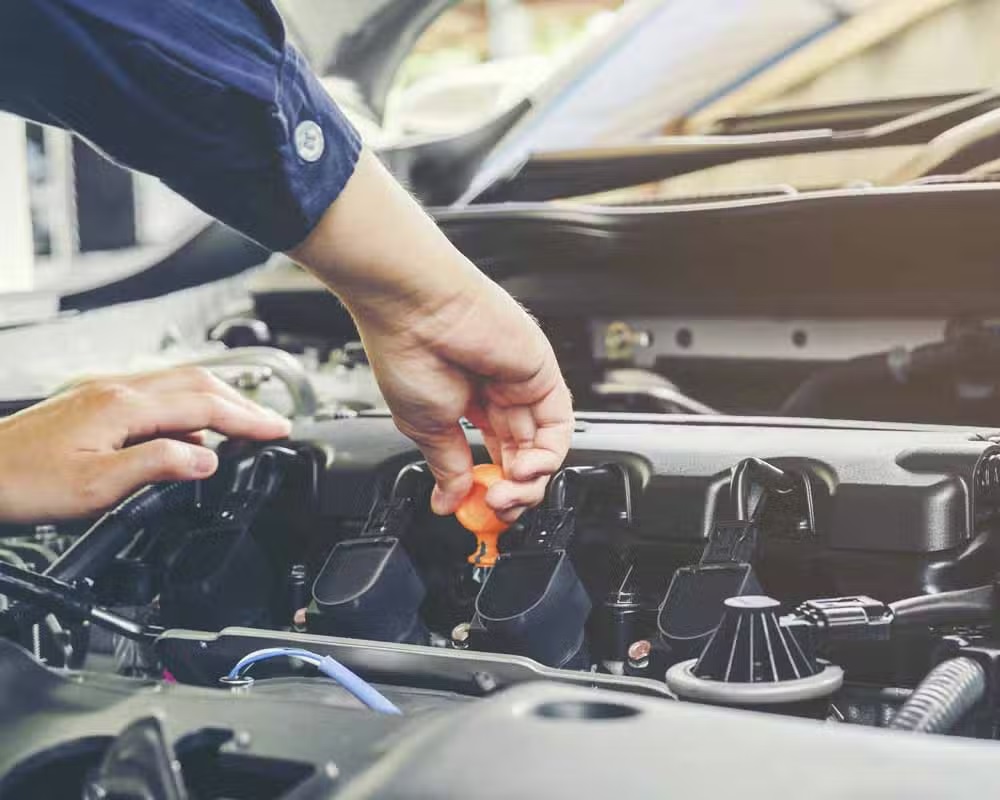
Steering Wheel Centering After Tire Replacement
Steering wheel centering is an important part of tire services. After replacing tires, the steering wheel may not sit straight while driving. This can affect vehicle control and cause discomfort. Professional service centers always check and adjust steering wheel centering after tire changes. They offer different service levels to ensure proper alignment and steering balance. This article explains why centering checks are necessary and how service tiers help drivers understand the process.
Why Steering Wheel Centering Matters
When tires are replaced, small changes happen to wheel positioning. These changes can shift the steering wheel off-center. A misaligned steering wheel makes the car feel uneven and harder to control. Drivers may have to constantly correct the wheel to keep straight. This leads to fatigue and unsafe driving conditions. Therefore, checking the steering wheel’s position after tire replacement is crucial. It guarantees the driver maintains proper control and comfort.
Basic Centering Check and Adjustment
The first tier of service involves a basic centering check. Technicians measure the steering wheel position when the car moves straight. If the wheel is off by a small degree, they adjust the tie rods to recenter it. This adjustment is simple but effective in restoring proper alignment. This tier is ideal for vehicles that do not have major suspension or alignment issues. It helps prevent minor misalignments from becoming bigger problems later.
Wheel Alignment and Steering Balance
The second tier includes a full wheel alignment along with centering. This service realigns all four wheels to factory specifications. Proper alignment ensures that tires roll straight and evenly. It also fixes uneven tire wear that can result from poor centering. During this service, the steering wheel is recentered accurately to match the new alignment. This step improves vehicle stability and steering response. It is highly recommended after tire replacement for safer driving.
Suspension Inspection and Repair
The third tier expands to include suspension checks. Worn or damaged suspension parts affect steering wheel centering. Technicians inspect control arms, ball joints, and bushings for wear. Faulty components are repaired or replaced to restore suspension integrity. This service tier guarantees that the entire steering and suspension system works well together. It prevents future misalignment and steering issues. Ensuring suspension health protects the driver’s steering feel and control. Choosing the Auto Repair in Springville, UT based service would be essential here.
Advanced Diagnostics and Electronic Calibration
The fourth tier applies to vehicles with electronic steering assistance. Some modern cars use sensors and software to control steering angle. Professionals connect diagnostic tools to check sensor accuracy and system health. They recalibrate electronic steering controls to maintain proper wheel centering. Software updates may also be applied to improve steering precision. This advanced service tier ensures both mechanical and digital systems are aligned perfectly. It is necessary for maintaining optimal steering performance on newer models.
Steering wheel centering is a vital step after replacing tires. Basic checks prevent minor steering misalignments. Full wheel alignment improves tire wear and stability. Suspension inspection ensures the whole system functions well. Advanced electronic calibration suits modern cars with smart steering. Final road testing confirms the driver enjoys balanced and safe steering. Service centers provide tiered options to meet different vehicle needs. These services help maintain precise steering control and a comfortable driving experience.



